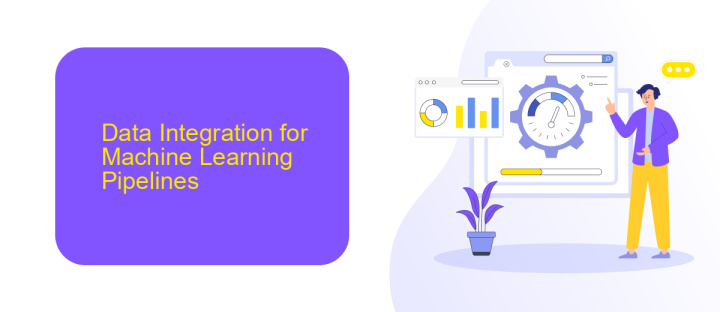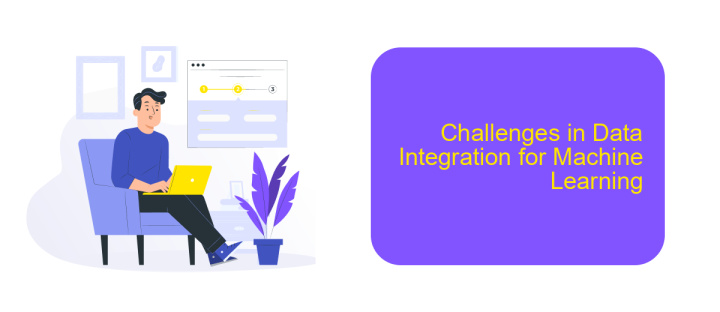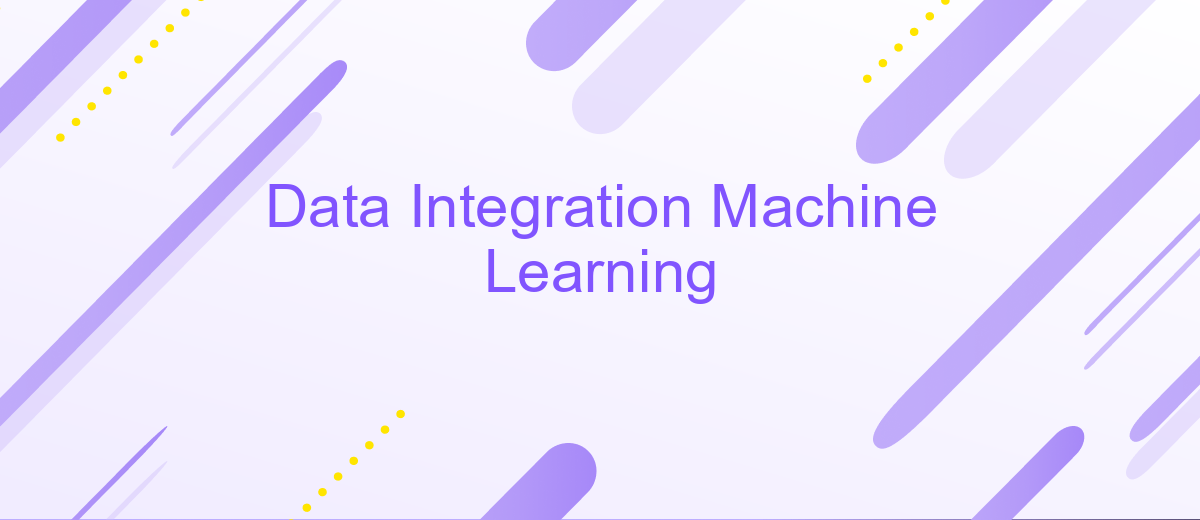Data Integration Machine Learning
Data integration in machine learning is a critical process that combines data from various sources to provide a unified view for analysis and model training. By ensuring consistency and accuracy, data integration enhances the quality of insights derived from machine learning algorithms, enabling more informed decision-making and improved predictive capabilities across diverse applications.
Introduction
Data integration is a critical aspect of modern machine learning workflows. It involves combining data from different sources to provide a unified view, which is essential for accurate and comprehensive analysis. Effective data integration can significantly enhance the quality of machine learning models by ensuring that they are trained on diverse and complete datasets.
- Combining data from multiple sources
- Ensuring data consistency and quality
- Facilitating seamless data flow
- Improving model accuracy and reliability
One of the tools that can streamline the data integration process is ApiX-Drive. This service allows users to automate data transfers between various applications, ensuring that data is consistently updated and readily available for machine learning tasks. By leveraging such tools, organizations can save time, reduce errors, and focus more on analyzing and deriving insights from the integrated data.
Data Integration for Machine Learning Pipelines

Data integration is a critical aspect of constructing efficient machine learning pipelines. It involves aggregating data from various sources to provide a unified view, which is essential for accurate model training and prediction. Effective data integration ensures that the data fed into machine learning models is both comprehensive and consistent. This process typically involves data extraction, transformation, and loading (ETL), which can be complex and time-consuming. Leveraging automated tools and services can significantly streamline this process, making it more efficient and less error-prone.
One such service that facilitates seamless data integration is ApiX-Drive. ApiX-Drive offers a user-friendly platform that automates the integration of various data sources without the need for extensive coding. By using ApiX-Drive, data engineers and scientists can quickly set up and manage data flows, ensuring that the data is readily available for machine learning tasks. This not only speeds up the development of machine learning pipelines but also enhances their reliability by minimizing manual intervention and potential errors. Consequently, leveraging such tools is crucial for optimizing the data integration process in machine learning projects.
Techniques for Data Integration

Data integration is a critical process in machine learning, enabling the combination of data from various sources to create a unified dataset for analysis. This process ensures that the data used in machine learning models is comprehensive, accurate, and up-to-date.
- ETL (Extract, Transform, Load): This technique involves extracting data from different sources, transforming it into a suitable format, and loading it into a data warehouse or database.
- Data Warehousing: Centralizing data from multiple sources into a single repository, allowing for easier access and analysis.
- API Integration: Using APIs to connect and integrate data from various applications and services. Tools like ApiX-Drive simplify this process by providing automated workflows for seamless data integration.
- Data Virtualization: Creating a virtual layer that allows users to access and manipulate data without needing to know its physical location or format.
- Data Lakes: Storing raw data in its native format, which can be processed and analyzed as needed.
Effective data integration is essential for building robust machine learning models. By leveraging techniques such as ETL, data warehousing, and API integration, organizations can ensure that their data is both high-quality and readily accessible. Tools like ApiX-Drive play a significant role in streamlining the integration process, making it easier to manage and utilize diverse data sources.
Challenges in Data Integration for Machine Learning

Integrating data for machine learning presents numerous challenges that can significantly impact the effectiveness of models. Data often originates from various sources, each with different formats, structures, and quality, making the integration process complex and time-consuming. Ensuring data consistency and accuracy across these disparate sources is a daunting task.
Another major challenge is dealing with missing or incomplete data. Machine learning models require comprehensive datasets to perform optimally, and gaps in the data can lead to inaccurate predictions. Additionally, data privacy and security concerns must be addressed, especially when integrating sensitive information from multiple sources.
- Data inconsistency and quality issues
- Handling missing or incomplete data
- Data privacy and security concerns
- Scalability of data integration processes
Tools like ApiX-Drive can help streamline the data integration process by automating data transfers between different systems and ensuring data consistency. By leveraging such tools, organizations can mitigate some of the challenges associated with data integration, ultimately enhancing the performance of their machine learning models.


Conclusion
In conclusion, the integration of data through machine learning has proven to be a transformative approach in managing and utilizing vast amounts of information. By leveraging advanced algorithms and techniques, organizations can ensure that their data is not only integrated seamlessly but also enriched with valuable insights. This process facilitates better decision-making, enhanced operational efficiency, and the ability to uncover hidden patterns and trends within the data.
Moreover, services like ApiX-Drive play a crucial role in simplifying the data integration process. By providing a user-friendly platform that automates the connection between various data sources and applications, ApiX-Drive enables organizations to focus on analyzing and leveraging their data rather than getting bogged down by technical complexities. As a result, businesses can achieve a more agile and responsive data infrastructure, ultimately driving innovation and competitive advantage in today's data-driven world.
FAQ
What is Data Integration in Machine Learning?
Why is Data Integration important for Machine Learning models?
How can I automate data integration for my Machine Learning projects?
What are the challenges of Data Integration in Machine Learning?
How do I ensure data quality during the integration process?
Routine tasks take a lot of time from employees? Do they burn out, do not have enough working day for the main duties and important things? Do you understand that the only way out of this situation in modern realities is automation? Try Apix-Drive for free and make sure that the online connector in 5 minutes of setting up integration will remove a significant part of the routine from your life and free up time for you and your employees.

